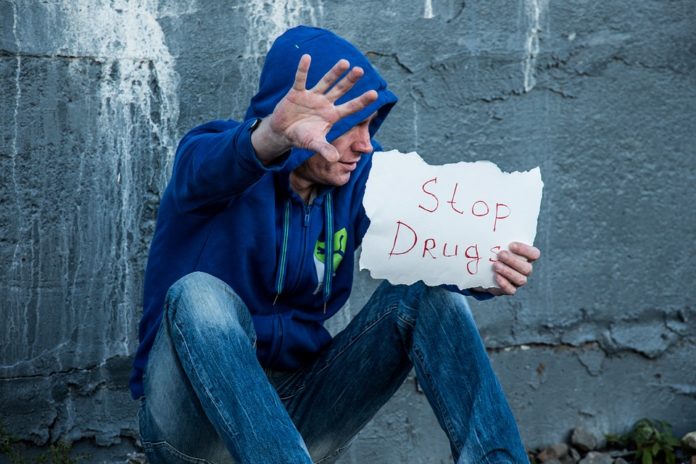As the opioid crisis continues to ravish the country, barriers to addiction recovery cost lives, as nearly one hundred Americans die every day from opioid overdose.
While California’s death rate is lower than most states, 11 in 100,000 California residents still die from drug overdoses. That constitutes the seventh lowest overdose death rate in the nation, according to the Centers for Disease Control and Prevention (CDC). Health practitioners believe the state can do better by changing guidelines so patients can have immediate access to opioid agonists.
For some of those struggling with addiction, methadone and similar medication assisted recovery treatment is the answer. Researchers estimate that many lives could have been saved had 47,000 Californians received methadone or similar treatment instead of going cold turkey and entering withdrawal. Experts also estimate that California could also have saved nearly $4 billion in healthcare and criminal-justice expenditures. Methadone and buprenorphine, in correct doses, can help eliminate withdrawal symptoms and cravings.
The opioid epidemic takes the lives of thousands of Californians every year. The federal government declared a national public health emergency on October 26, giving federal agencies 90 days, but no additional money, to move funds from other resources to combat the drug overdose epidemic.
Opioids are powerful narcotic painkillers that attach to cells and diminish pain, creating a sense of calm and satisfaction. Drug overdoses killed more people than guns and car accidents in 2015. It’s an epidemic that has hit every age and income group, and no demographic has been spared. Obviously, the existing resources are not working.
The Food and Drug Administration (FDA) and the CDC want large scale changes to be made, including placing limits on the amount of prescription pills that doctors can order. Pharmacies are making adjustments as well, with CVS recently announcing that it will begin dispensing short-acting opioids to first-time users and limiting opioid prescriptions to seven days. Walgreens will start selling Narcan, the opioid overdose-reversal drug, over the counter.
Unfortunately, the black market is quick to step in and meet the demand when people want stronger and long-acting drugs. Illegal substitutes like heroin, fentanyl, and carfentanil are readily available. They are far more dangerous than legal opioids, and serve to exacerbate the consequences of the opioid crisis.
Opioids are so addictive because they trigger satisfaction, calmness, and euphoria, decreasing pain signals and increasing the body’s natural painkilling response. Such an addiction can lead to changes in the brain. Releasing more dopamine suppresses pain and lowers the ability to feel essential human emotions.
Most recovery facilities offer 30-day treatment programs, but not enough insurance policies cover longer programs. The aim of an addiction treatment program is to stop the addiction cycle and keep the brain from craving the drug, but experts believe 30 days is not always enough time to expel the addiction. Addiction recovery programs are a step in the right direction, and push individuals to confront their problem and realize the need to do something before it is too late.
















